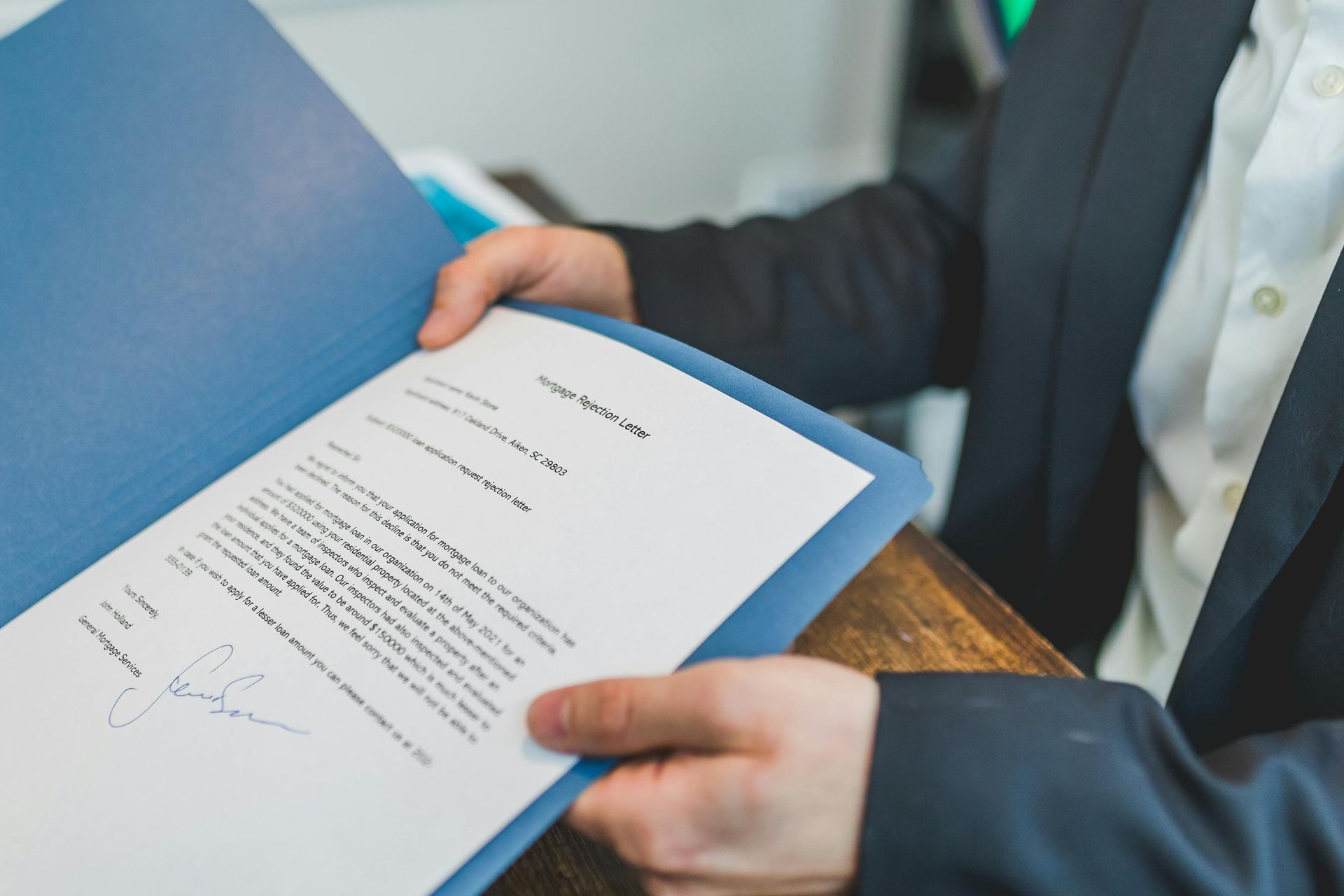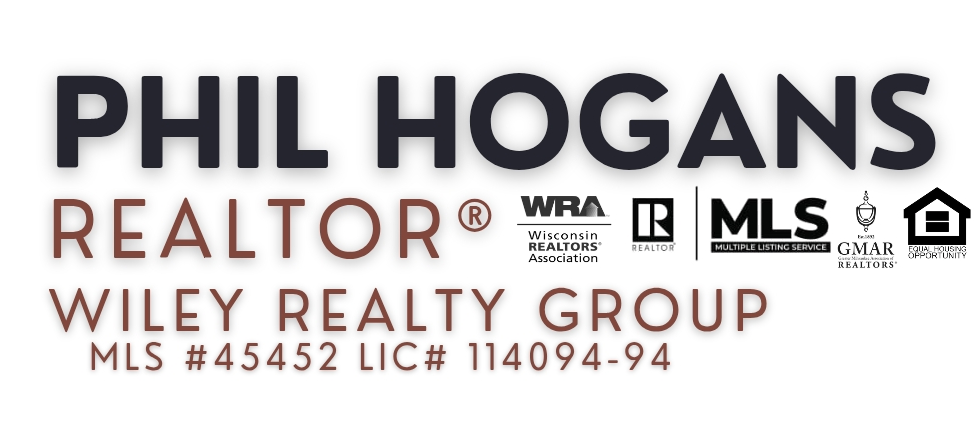Understanding What a Mortgage is
Understanding Mortgages: What They Are & How They Work
Buying a home is one of the biggest financial decisions you'll ever make—and for most people, that means taking out a mortgage. Whether you're a first-time home-buyer or just need a refresher, understanding how a mortgage works is essential. Here’s a breakdown of the basics and some key points every buyer should know.
What Is a Mortgage?
A mortgage is a loan you use to purchase a home or property. You borrow money from a lender—typically a bank or credit union—and agree to repay it over time with interest. The home itself serves as collateral, meaning the lender can take the property if you stop making payments.
How Does a Mortgage Work?
Here’s a simple overview of how mortgages typically work:
- Down Payment: Most lenders require an upfront payment, usually 3% to 20% of the home’s price. The more you can put down, the less you need to borrow.
- Loan Amount: After your down payment, the remaining balance of the home price is what you finance with a mortgage.
- Monthly Payments: You'll make monthly payments that generally include:
- Principal: The portion of your payment that goes toward reducing the loan balance.
- Interest: What the lender charges for borrowing money.
- Taxes & Insurance: Many mortgages include property taxes and homeowner’s insurance in the monthly payment.
- Loan Term: Common mortgage terms are 15, 20, or 30 years. A longer term usually means lower monthly payments but more interest over time.
- Interest Rate: Your interest rate can be:
- Fixed: Stays the same for the life of the loan.
- Adjustable (ARM): Can change periodically after an initial fixed period.
Important Things to Know About Mortgages
1. Your Credit Score Matters
Lenders use your credit score to determine the interest rate and loan amount you qualify for. A higher score often leads to better rates.
2. Pre-Approval Is a Smart First Step
Getting pre-approved shows sellers you’re serious and gives you a clear idea of your budget before you shop.
3. There Are Different Types of Mortgages
Common types include:
• Conventional loans (not backed by the government)
• FHA loans (good for first-time buyers with lower credit scores)
• VA loans (for eligible veterans and military)
• USDA loans (for rural property buyers)
4. Watch Out for Closing Costs
These are one-time fees paid at closing and can range from 2% to 5% of the loan amount. Budget for them in addition to your down payment.
5. Refinancing Is an Option Later
If interest rates drop or your financial situation improves, you may be able to refinance for a better rate or shorter term.
Final Thoughts
Understanding how mortgages work helps you make informed decisions as a home-buyer. From knowing your loan options to planning for monthly payments, the more you understand up front, the smoother your home buying experience will be.
Still have questions? Reach out today—I’m here to help guide you through every step of the home buying journey.



